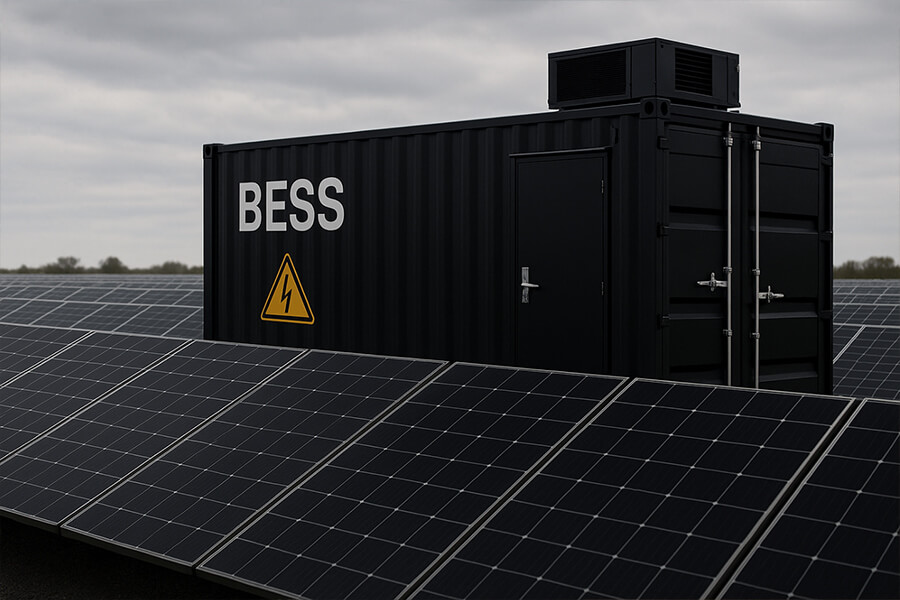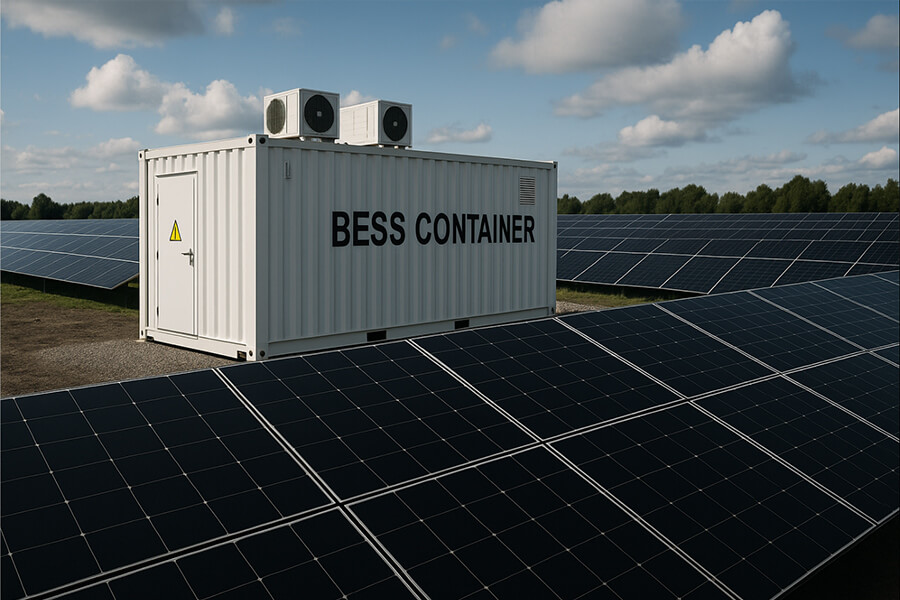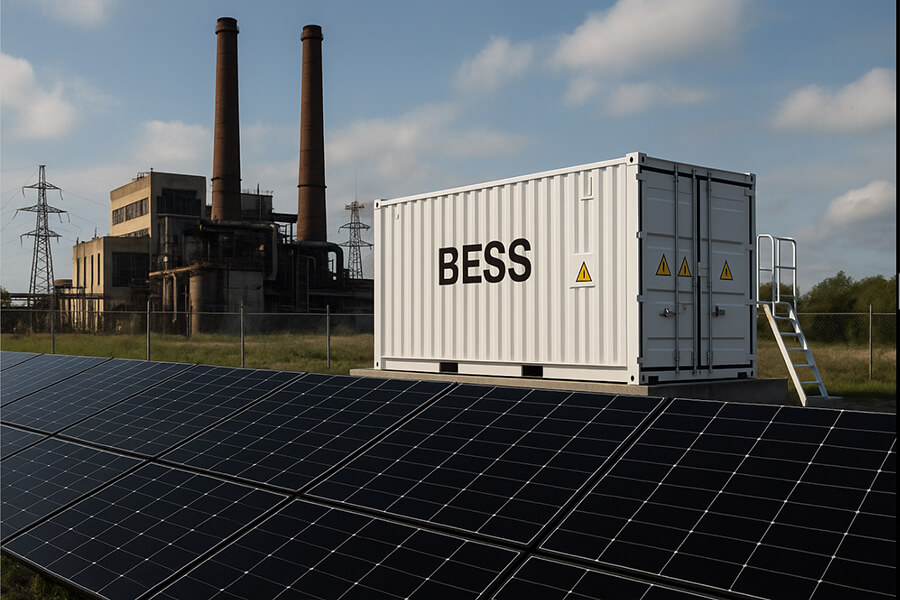Innovative Applications of Solar Air Conditioning in the Architectural Domain:
Integration in Building Design and Structures, Including Facade Integration and Soalr Roof Tile Designs
The quest for sustainable and energy-efficient solutions in the architectural realm has given rise to innovative applications of solar air conditioning systems. The integration of solar air conditioning in building design and structures represents a significant leap forward in the pursuit of environmentally conscious and energy-efficient construction. This article explores the cutting-edge advancements in this field, focusing on the incorporation of solar air conditioning systems into building exteriors, such as facade integration, and the creative use of roof tile designs.
Solar air conditioning leverages the power of the sun to cool indoor spaces, reducing reliance on traditional electricity sources and mitigating the environmental impact of conventional cooling systems. As architects and designers seek ways to seamlessly incorporate renewable energy technologies into their projects, solar air conditioning has emerged as a versatile and sustainable solution.
One notable innovation in the application of solar air conditioning is the integration of these systems into the exterior facade of buildings. Traditionally, solar panels were confined to rooftops or dedicated solar farms. However, with advancements in solar technology and design aesthetics, architects are now exploring ways to integrate solar air conditioning units into the very fabric of a building’s facade. This not only serves a functional purpose but also contributes to the visual appeal of the structure.
Facade integration involves embedding solar panels and air conditioning components directly into the exterior walls of a building. These integrated systems not only generate clean energy but also serve as an architectural statement, seamlessly blending functionality with aesthetic appeal. The result is a harmonious marriage of sustainable technology and modern design, transforming buildings into energy-producing and aesthetically pleasing structures.
Another creative application of solar air conditioning in the architectural domain is the incorporation of these systems into roof tile designs. Solar roof tiles, equipped with air conditioning capabilities, offer a discreet and efficient solution for cooling buildings while maintaining a sleek and unobtrusive appearance. This design approach allows for the seamless integration of solar air conditioning without compromising the overall look and feel of the structure.
Roof tile designs with integrated solar air conditioning units provide a dual benefit: they harness solar energy for cooling purposes while simultaneously serving as a protective and insulating layer for the building. This multi-functional approach not only maximizes energy efficiency but also minimizes the ecological footprint of the structure.
The adoption of solar air conditioning in roof tile designs is particularly advantageous in regions where sunlight is abundant. These innovative roofing solutions are scalable and adaptable, making them suitable for a variety of architectural styles and climates. As the demand for sustainable building practices continues to rise, integrating solar air conditioning into roof tile designs represents a forward-thinking approach to meeting energy needs while promoting environmental responsibility.
In conclusion, the innovative applications of solar air conditioning in the architectural domain are transforming the way we think about building design and energy consumption. The integration of these systems into building facades and roof tile designs showcases the potential for marrying functionality and aesthetics in the pursuit of sustainable construction. As technology continues to evolve, solar air conditioning is poised to become an integral part of the modern architect’s toolkit, paving the way for a more sustainable and visually appealing built environment.




